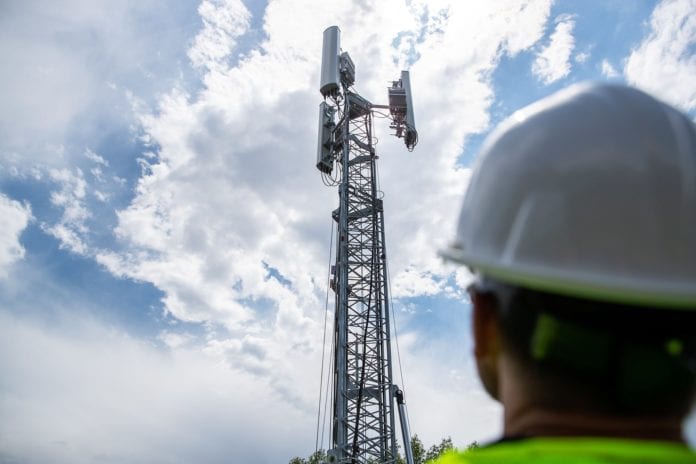In building a cloud-native Open RAN network, “We found that we had to become a system integrator”
While DISH said this week on an earnings call it is behind schedule on its 5G deployment, the new facilities-based wireless carrier said it will light up service in 25 metros ahead of a June timeline for achieving 20% population coverage. DISH’s entrance into the mobile network operator came as a function of approval for the Sprint/T-Mobile US merger and, as such, DISH faces a number of coverage-related requirements.
First the good news from CEO Erik Carlson: “Our wireless network team has made significant progress over the past quarter and recent weeks. We’ll begin opening up access to customers in numerous markets over the coming months…We’re excited about the coming months and the deployment plan for the rest of 2022, and we have the necessary capital to execute our plans this year.”
Carlson also noted spectrum winnings in Auction 110 which covers frequencies in the 3.45 GHz band. He said the latest additions to the spectrum portfolio “align well with our current C-Band and CBRS holdings.”
While DISH is focused on a “year of execution” as Carlson put it, Chairman Charlie Ergen said the company is six months behind. “It’s my fault,” he said. “We just didn’t maybe anticipate that we would have to do as much on the technical side.”
Subscribe now to get the daily newsletter from RCR Wireless News
DISH, like Rakuten Mobile in Japan and 1&1 in Germany, is building a cloud-native network with Open RAN architecture. A recurring criticism of this approach is around system integration complexity, which Ergen noted in his comments.
“I think that ultimately, we found that we had to become the system integrator. It wasn’t a role that we thought we’re going to take on. But with all the vendors, somebody has got to be the middleman between there and the glue that holds them together, and we’re much more involved in that than maybe we thought we’re going to be. So a lot of lessons learned there, but we’re certainly moving at a very fast pace. Now we probably squandered some time, but that’s my fault.”
DISH’s 5G journey started out with a plan to spend $1 billion to construct a nationwide NB-IoT network then $10 billion on a 5G network. Ergen has previously recognized a misalignment between anticipated and actual technical difficulty.
Speaking at the Competitive Carriers Association’s Mobile Carrier Show in April 2019, Ergen said that work on the company’s narrowband internet of things network is underway. “We’re in the midst of that build-out today,” he said at the time. “It’s harder than I thought it was going to be. But we’re learning about it, and we’re going to be successful.”

